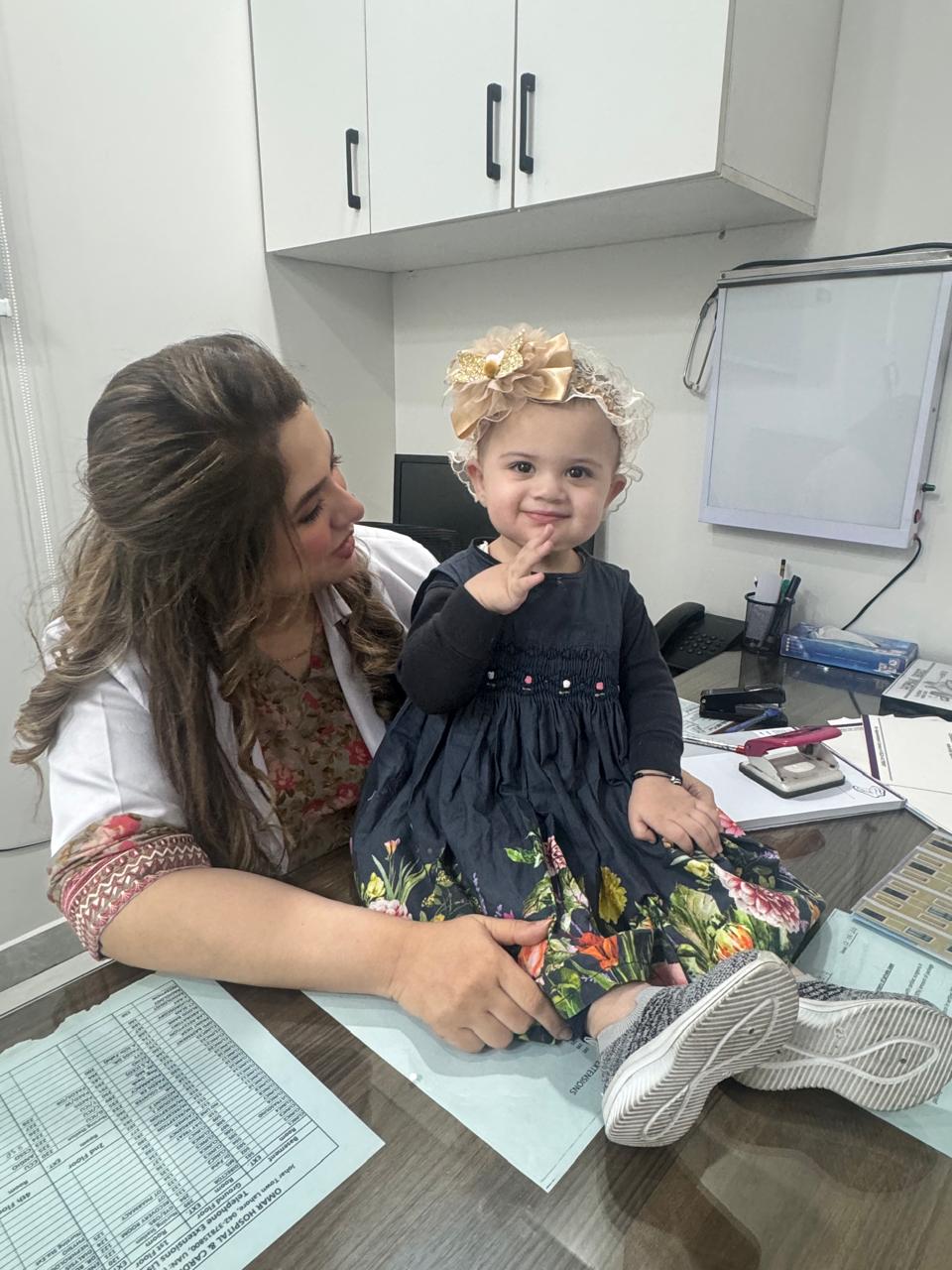🎀 Breast Health & Self-Exams: A Lifesaving Habit Every Woman Should Know
Breasts are not just a symbol of femininity—they’re also complex organs that deserve regular care and attention. Whether you’re in your 20s or nearing menopause, breast health and self-exams should be a consistent part of your personal wellness routine.
Although mammograms and clinical exams are crucial, your first line of defense is often your own awareness. Therefore, learning how to examine your breasts properly can help you detect unusual changes early—and potentially save your life.
In this article, we’ll explore why breast health matters, how to perform a self-exam correctly, and when to seek medical attention.
🩺 Why Breast Health Matters
Breast diseases, including benign lumps, fibrocystic changes, and breast cancer, affect millions of women worldwide. While not all breast changes are harmful, some can indicate serious conditions that require prompt medical attention.
Here’s why maintaining breast health is important:
- Early detection of cancer improves survival rates
- Identifying non-cancerous issues can prevent discomfort or complications
- Being familiar with your breast tissue reduces anxiety and uncertainty
- Empowerment through body awareness encourages proactive healthcare
Therefore, regular breast self-exams and health checkups are essential for long-term well-being.
🧠 Understanding What’s Normal
Before you can identify a problem, it’s important to understand what’s normal for your body. Breast texture, size, and sensitivity can vary based on:
- Hormonal fluctuations (e.g., menstrual cycle, pregnancy, menopause)
- Age and tissue density
- Medications and birth control
- Breastfeeding or weaning
Some natural changes may include:
- Lumpy or rope-like areas (especially before menstruation)
- Mild tenderness or swelling
- Differences between the two breasts
However, any new, persistent, or unusual change should not be ignored.
✋ How to Perform a Breast Self-Exam (BSE)
Breast self-exams are quick, easy, and can be done monthly in the privacy of your home. Ideally, perform them a few days after your menstrual period ends, when breasts are least tender.
✅ Step-by-Step Guide
1. Look in the Mirror
Stand with your shoulders straight and arms on your hips.
Check for:
- Visible swelling or dimpling
- Changes in size, shape, or color
- Skin changes (e.g., puckering, redness, or scaliness)
- Nipple inversion or unusual discharge
2. Raise Your Arms
Look for the same changes while lifting both arms overhead.
3. Feel While Standing or Showering
Use the pads of your fingers to feel each breast in a circular motion.
- Cover the entire breast and armpit area
- Use light, medium, and firm pressure
- Follow a vertical pattern (up and down) or circular motion
4. Lie Down
Lying down flattens the breast, making it easier to detect lumps.
- Place a pillow under your shoulder
- Use the opposite hand to examine each breast
- Repeat the same circular pattern as above
🔍 What to Look For
While many breast lumps are non-cancerous, here are symptoms that should be evaluated:
- A new lump or thickened area
- Swelling of part or all of the breast
- Skin dimpling (like an orange peel)
- Nipple discharge (especially if bloody)
- Nipple inversion or pain
- Redness or flaky skin on the nipple or breast
- Persistent pain in one spot
If you notice any of these signs, consult a healthcare provider immediately. Early diagnosis can make a major difference.
📅 When to Start and How Often?
👩 Ages 20–39:
- Monthly breast self-exams
- Clinical breast exam every 3 years
👩 Ages 40+:
- Monthly self-exams
- Clinical exam annually
- Mammograms every 1–2 years or as advised by your doctor
However, women with a family history of breast cancer or BRCA gene mutations may need earlier and more frequent screening.
🧬 Risk Factors for Breast Disease
While some risks are unavoidable, understanding them helps guide your health choices.
Non-Modifiable Risks:
- Age (risk increases with age)
- Family history or genetics (e.g., BRCA1/BRCA2)
- Early menstruation or late menopause
Modifiable Risks:
- Obesity
- Alcohol consumption
- Lack of physical activity
- Hormone replacement therapy
As a result, adopting a healthy lifestyle alongside regular screening is your best prevention strategy.
🧘♀️ Lifestyle Tips for Healthy Breasts
In addition to exams, these habits support long-term breast wellness:
- Eat a balanced diet rich in antioxidants and fiber
- Stay physically active with regular exercise
- Limit alcohol and avoid smoking
- Manage stress through yoga, meditation, or hobbies
- Wear a properly fitted supportive bra
- Maintain a healthy weight, especially after menopause
These daily choices, although small, have a significant impact over time.
❓ Myths About Breast Self-Exams
Let’s clear up a few common misconceptions:
- Myth: Only older women need to do self-exams
- ✅ Fact: BSE is beneficial at any age
- Myth: If I don’t feel a lump, I’m safe
- ✅ Fact: Some cancers may not form a lump or may be too deep to feel
- Myth: I’m healthy, so I don’t need screening
- ✅ Fact: Many breast conditions are found in women without symptoms
While BSE is useful, it should always complement, not replace, clinical exams and mammography.
💡 Final Thoughts: Empower Yourself With Knowledge
Breast health and self-exams are about more than prevention—they’re about empowerment. When you know your body and take regular steps to care for it, you’re not only protecting your health but also building a deeper connection with yourself.
So, mark your calendar, set a reminder, and make breast self-exams a monthly ritual. It’s a small act that could make a big difference—for your future, your family, and your life.
